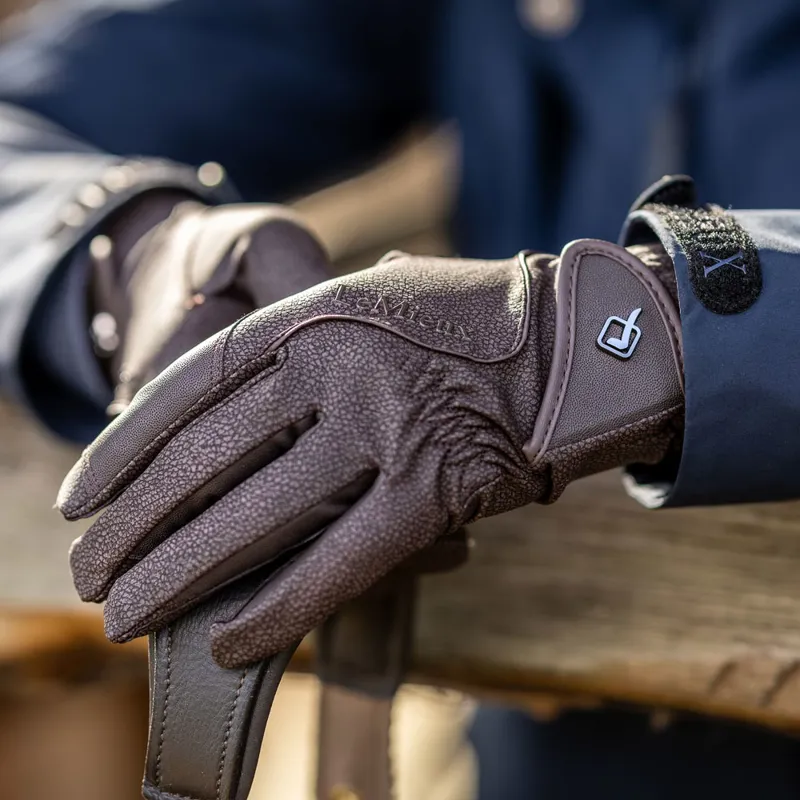Riding Gloves: Do They Really Help?
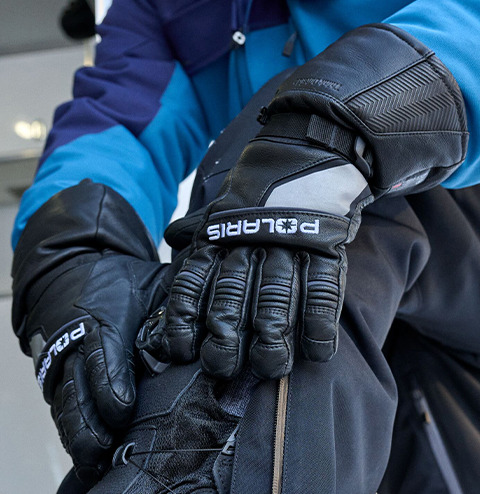
Riding gloves are often considered an essential part of a cyclist’s or motorcyclist’s gear. But do they really make a difference? This article explores the benefits, types, and considerations when choosing riding gloves, helping you understand their true value.
Why Wear Riding Gloves?
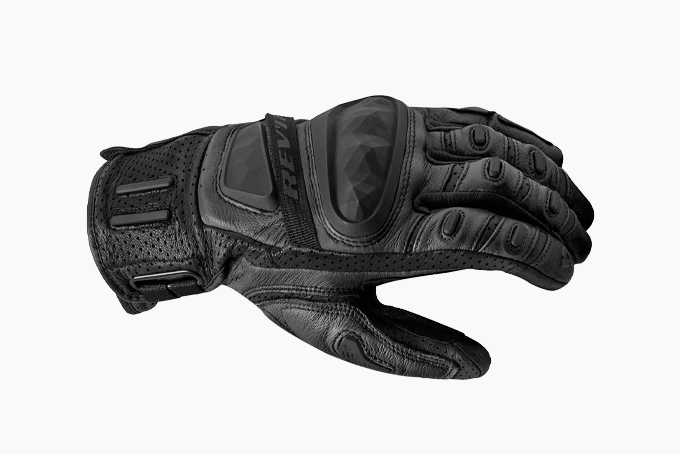
Riding gloves serve multiple purposes beyond just style. Here are some key benefits:
| Benefit | Description |
|---|---|
| Protection | Gloves protect your hands from abrasions, cuts, and impacts during falls or accidents. |
| Comfort | They reduce friction and prevent blisters caused by prolonged gripping of handlebars. |
| Grip Enhancement | Many gloves have textured palms that improve grip, especially in wet or sweaty conditions. |
| Weather Protection | Gloves can keep your hands warm in cold weather and shield them from sunburn in hot climates. |
| Vibration Dampening | Some gloves include padding to absorb vibrations, reducing hand fatigue on long rides. |
Types of Riding Gloves
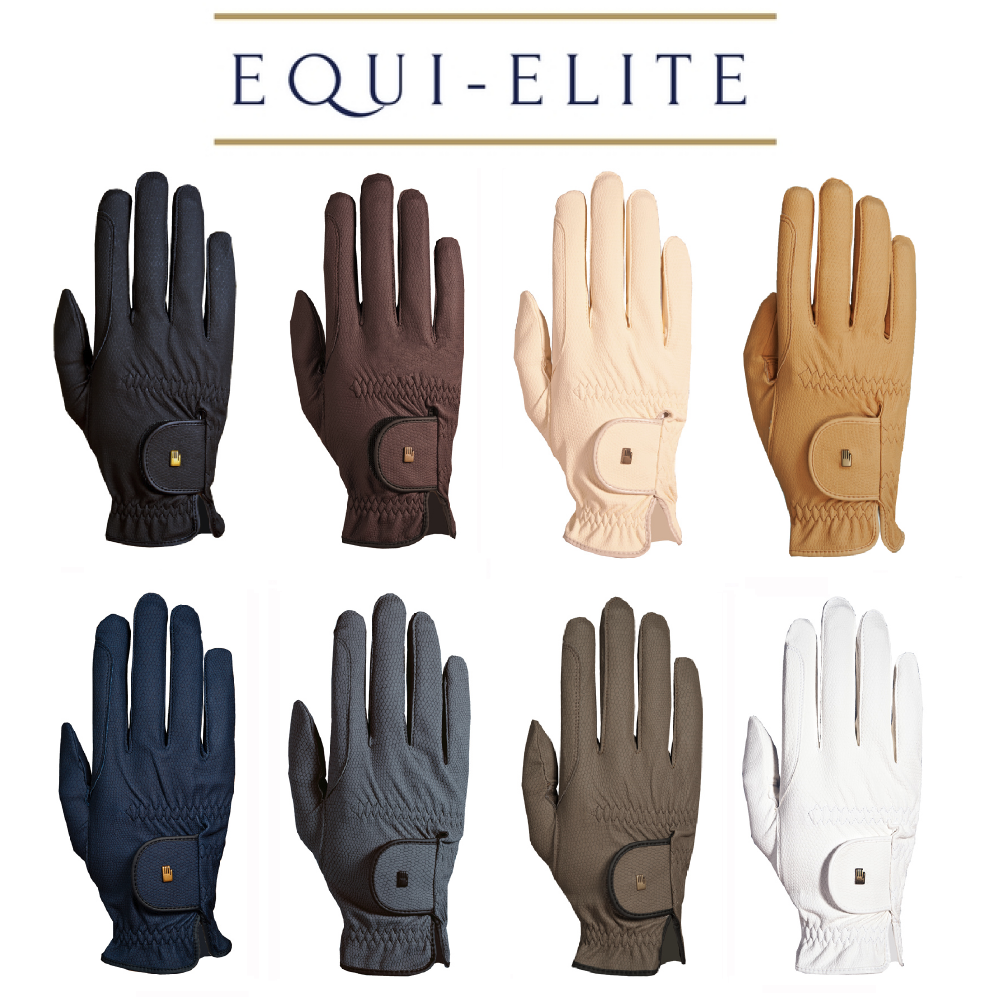
Choosing the right gloves depends on your riding style and conditions. Here are common types:
- Full-finger gloves: Offer maximum protection and are ideal for off-road or cold weather riding.
- Half-finger gloves: Provide better ventilation and dexterity, popular among road cyclists in warm weather.
- Winter gloves: Insulated and often waterproof, designed to keep hands warm in freezing temperatures.
- Summer gloves: Lightweight and breathable to keep hands cool.
- Motorcycle gloves: Built with reinforced materials and armor for high-impact protection.
How Riding Gloves Improve Safety and Performance
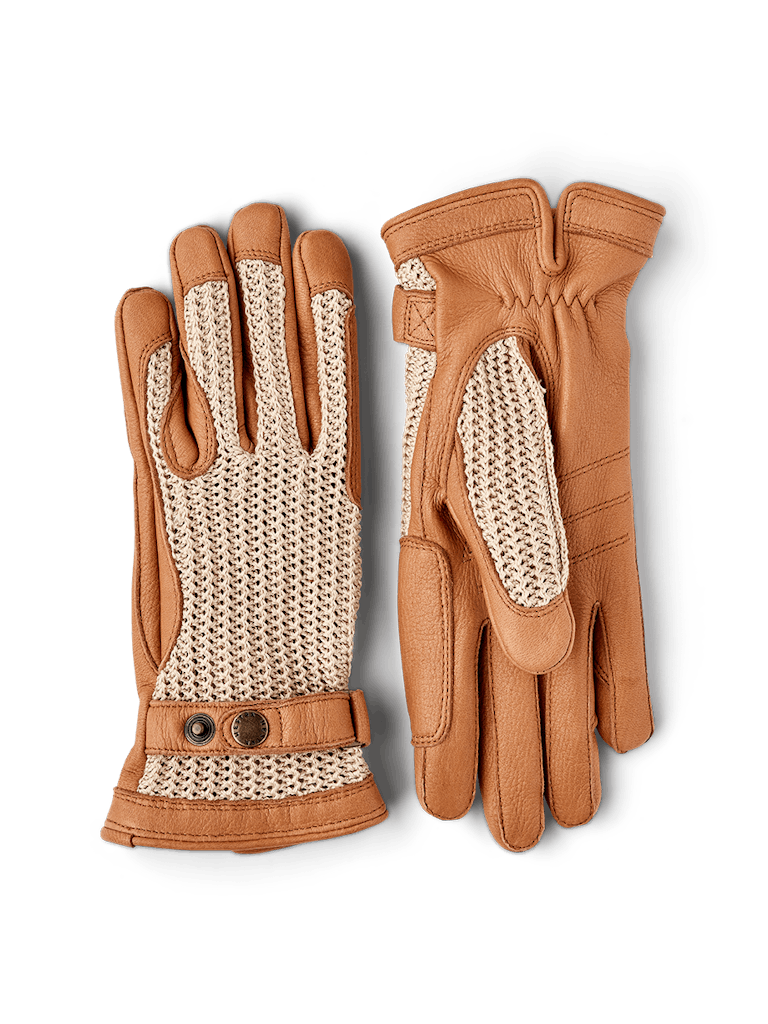
- Impact Protection: Gloves with reinforced knuckles and palms can reduce injury severity.
- Better Control: Enhanced grip helps maintain control over the bike, especially in challenging conditions.
- Reduced Fatigue: Padding absorbs shocks and vibrations, allowing longer, more comfortable rides.
Choosing the Right Riding Gloves
Consider these factors when selecting gloves:
- Fit: Gloves should be snug but not tight, allowing full finger movement.
- Material: Leather offers durability; synthetic fabrics provide breathability and flexibility.
- Padding: Look for gloves with adequate padding in pressure points.
- Climate: Choose gloves suited for the weather conditions you ride in.
Frequently Asked Questions (FAQ)
Q1: Can riding gloves prevent hand injuries?
A: Yes, gloves provide a protective barrier that can reduce cuts, scrapes, and bruises during falls.
Q2: Are full-finger gloves better than half-finger gloves?
A: It depends on your riding needs. Full-finger gloves offer more protection, while half-finger gloves provide better ventilation.
Q3: How often should I replace my riding gloves?
A: Replace gloves when padding wears out or if there are tears that compromise protection.
Q4: Do riding gloves help with grip in wet conditions?
A: Yes, many gloves have textured palms designed to maintain grip even when wet.
In conclusion, riding gloves do more than just complete your riding outfit—they enhance safety, comfort, and performance. Choosing the right pair tailored to your riding style and conditions can make a significant difference on the road or trail.
Would you like me to help improve the clarity or add more technical details to this article? Or perhaps include more user testimonials or expert opinions?
